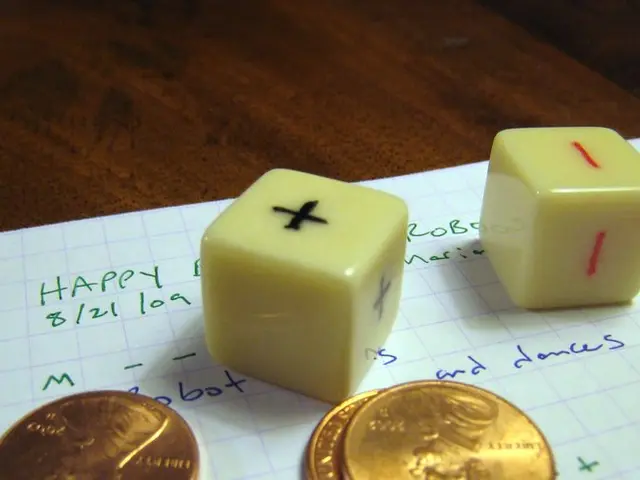Ancient Haniwa Dancers: Mysterious, ethereal terracotta statues believed to be housing spirits of the departed, dates back 1,500 years.
In the distant past of Japan, during the Kofun period (300 to 710), a unique tradition emerged: the creation of clay sculptures known as Haniwa. Among these intriguing artifacts, the "Haniwa Dancers" or "Dancing People" stand out for their simplicity and captivating allure.
These clay tubes, topped with sculptures of dancing figures, were exclusively used as tomb decorations. They served various purposes, such as marking grave boundaries and, according to some theories, even holding the souls of the deceased.
The origin of the "Haniwa Dancers" can be traced back to the Kofun period. Thousands of these sculptures have been discovered from ancient Japanese graveyards, with the first set unearthed in 1930 during the excavation of an ancient cemetery in Saitama prefecture, north of Tokyo.
The "Dancing People" haniwa are particularly striking due to their minimalist design. Their mouths and eyes are holes, giving them the appearance of being wide open. This simplicity, however, does not detract from their intrigue.
Archaeologists have proposed several theories regarding the meaning behind these figures. One suggestion is that they represent a man and a woman, as proposed by archaeologist Yoshio Negita in a 2008 study. Another theory, put forward by archaeologist Yoshimichi Tsukada in a 2007 study, suggests that the Dancing People haniwa may depict two male herders holding the reins of their horses.
Negita also proposed that the smaller Dancing Person haniwa may depict a male farmer due to clay on the sides of its head, suggesting a peasant hairstyle.
The "Haniwa Dancers" are now part of the collection of the Tokyo National Museum, where they continue to intrigue and captivate visitors. In fact, their influence extends beyond the museum, as seen in the game "Animal Crossing," where the gyroids that a player can dig up are called "haniwa" in the Japanese version and are based on the ancient clay sculptures.
These enigmatic artifacts offer a glimpse into the rich history and culture of ancient Japan, their mysteries continuing to captivate scholars and enthusiasts alike.







